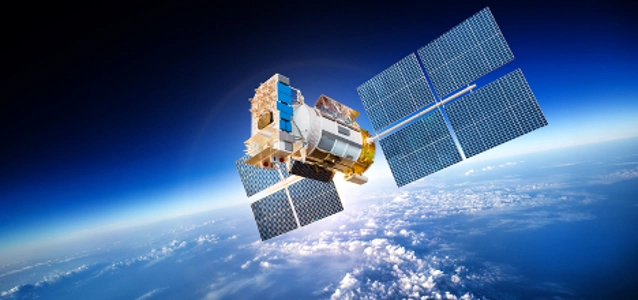
© cookelma dreamstime.com
Electronics Production |
ESA contracts consortium for high-performance compute board
A consortium, led by Cobham Gaisler, has been awarded a development contract from the European Space Agency (ESA) that will result in the design of an accelerator board suitable for Computer Vision (CV) and Artificial Intelligence (AI) applications for in-orbit space use.
The consortium comprises Cobham Gaisler (Sweden), Ubotica Technologies (Ireland), QinetiQ Space nv (The Netherlands), and the National and Kapodistrian University of Athens (Greece) and they will work together on the FPGA Accelerated DSP Payload Data Processing Board activity for ESA.
"The focus of the ESA project is to analyze space applications with high demands on computing power, with focus on applications found within the domain of Earth Observation (EO), and to define a high-performance compute board architecture to address current and future needs of these applications", says Jan Andersson, Director of Engineering, Cobham Gaisler.
The proposed high-performance compute architecture combines Vision Processing Units (Myriad 2 from Intel, formerly Movidius located in Ireland), a high-capacity Field Programmable Gate Array (FPGA) and a radiation-hardened microcontroller (GR716 from Cobham Gaisler) to create a reliable system solution for space applications comparable to the performance and functionality currently only available in commercial applications.
"We are very excited about entering a new domain in space computing. We have traditionally developed highly radiation-tolerant and fault-tolerant system-on-chip devices using silicon libraries specifically developed for use in harsh environments like space. We are now using our most complex and at the same time smallest device, the radiation-tolerant GR716 microcontroller to control a custom-of-the-shelf commercial grade vision processor to offer an overall reliable computing solution with a computing power that surpasses what has been used until now in the space domain. We are already looking for ways to bring this high-performance compute board to the space market”, adds Sandi Habinc, General Manager, Cobham Gaisler.
"This ESA activity aims at developing a processing board for Earth Observation applications with unprecedented capabilities for on-board image processing, through the use of a large FPGA and commercial image processors (Intel Myriad 2) – by building on synergies with other on-going ESA sponsored activities. Having access to high-performance commercial processors on-board spacecraft will enable the use of image processing and machine learning tools previously not available for space applications. Enabling this technology for Earth Observation satellites will not only enable a new level of on-board software processing performance – but may also prove to be a future enabler for new methods of data selection and reduction prior to downloading, which could in turn enable new mission concepts for small satellites", said David Steenari, On-board Payload Data Processing Engineer, European Space Agency.
